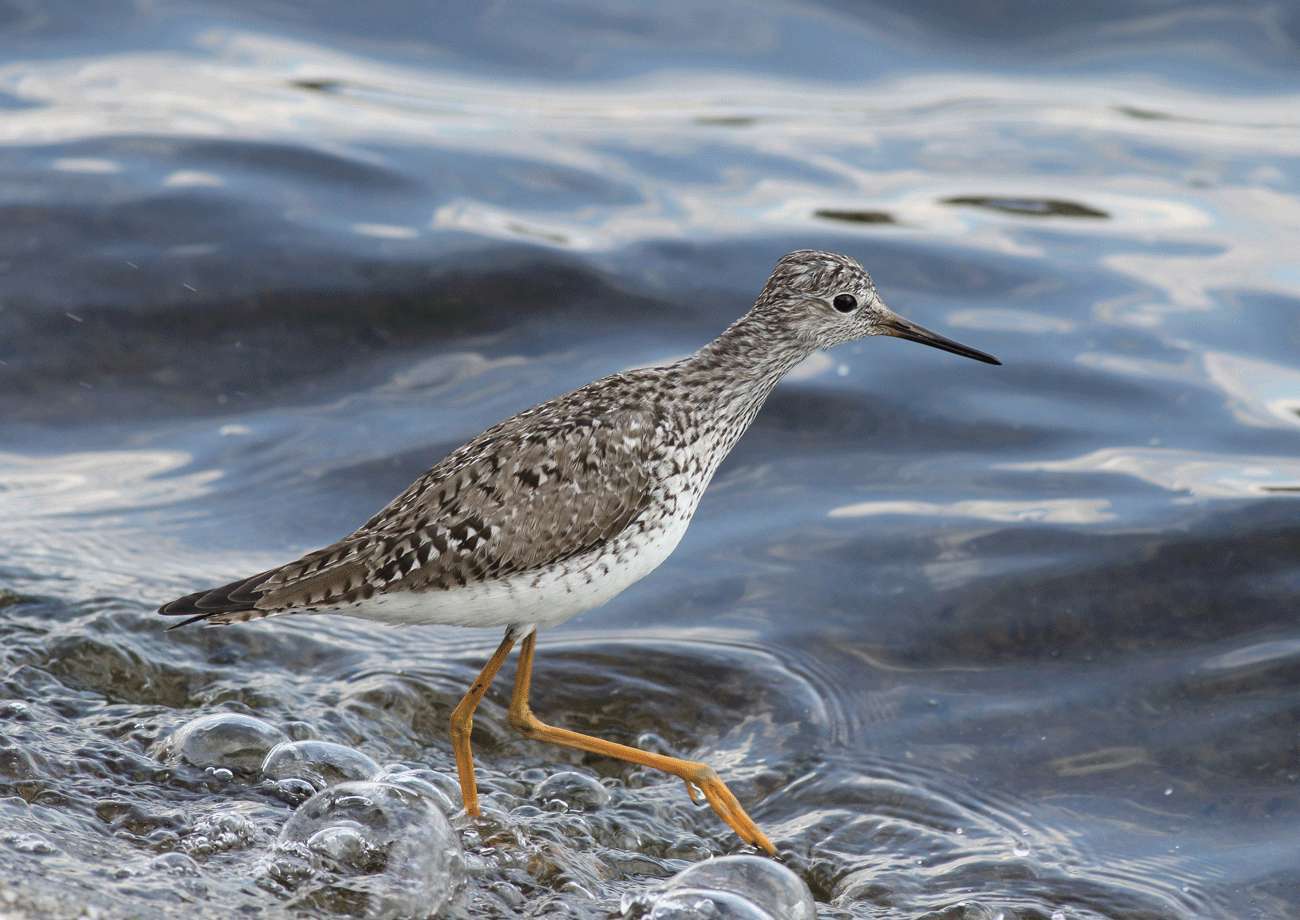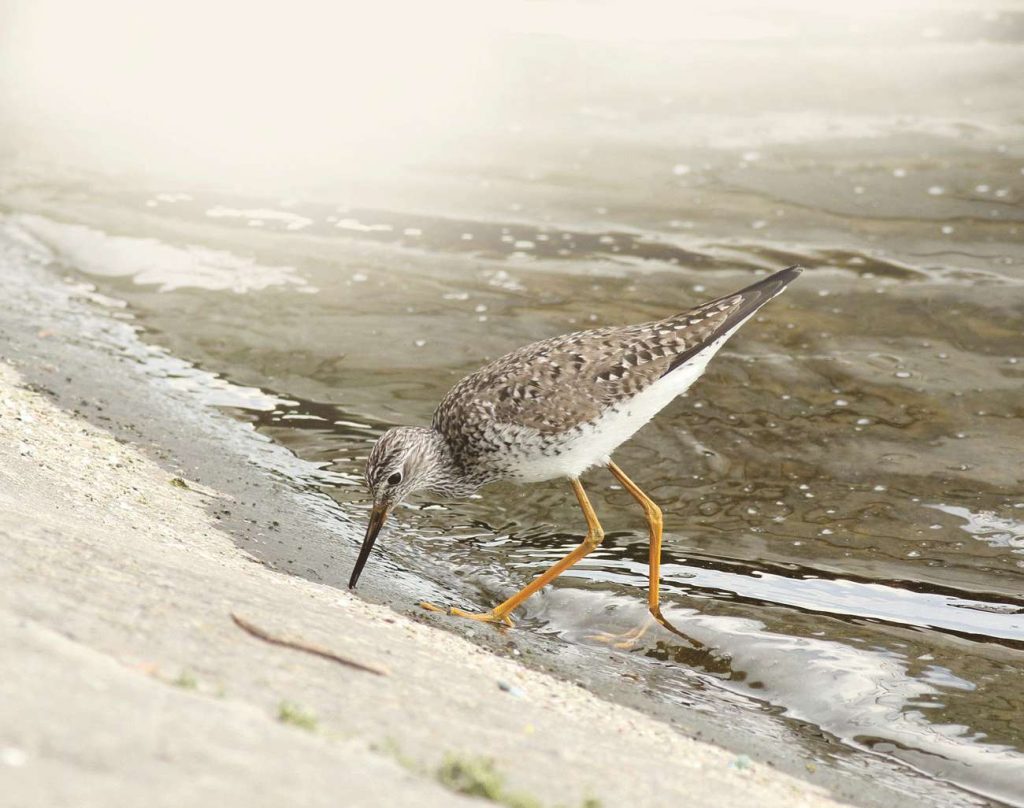
This month brings notable weather changes as the first day of Autumn approaches on the 22nd of September. At this time of year I’m always looking forward to migrating wader passage over our
land-locked county.
One relatively rare wading bird that somehow makes it to this country in small numbers every year is the elegant Lesser Yellowlegs.
Seasonal westerly winds – and perhaps unknown natural inclinations among the half dozen who arrive in Britain annually – are responsible for bringing these long-distance migrants all the way to our shores from the American continent.
They should be on an amazing journey from their Canadian and Alaskan breeding grounds
to their winter quarters in the Gulf of Mexico and as far south as Chile and Argentina.
For adults that is a round trip of 18,640 miles (30,000 kilometres) taking these streamlined fliers north through central United States and back again over a wider area including the Caribbean.
Like too many birds, the Lesser Yellowlegs has a whole bunch of enemies. There are Autumn hurricanes, it is losing wetland feeding areas while on migration, and hunters in some countries kill it for food or for fun. If it makes it back to the breeding grounds then, with climate change, it faces an increasing threat of
drought.

photo © Dave Harris
No wonder that its numbers are reckoned to have dropped by over 50% in 10 years. Fewer and fewer are likely to be seen here so it was with amazement that I heard one had made it to Surrey on the 2nd of June – which you may recall was the first of our two-day bank holiday to celebrate The Queen’s Platinum Jubilee.
There being only one previous Surrey record, which I had missed 38 years earlier because I was birding on the Isles of Scilly, I skipped the rest of my lunch in a flash and was on my way. And where had the bird been discovered on this special day? You couldn’t make it up…a venue opened by her Majesty back in 1962 – the Queen Elizabeth II Reservoir in Walton-on-Thames!
Soon I was awarded ‘royal box’ views of this most beautiful and unseasonal visitor as it delicately picked off flies on the surface at the water’s edge, unconcerned at the growing group of admirers. Close-up views revealed its intricately patterned black, white and grey upperparts while its long yellow stilt-like legs were handy for wading further out to snatch juicy insects from the deeper water with its long, pointed bill.

There was a sad note in the air though as we spared a thought for my good friend Dave Harris, formerly of Cranleigh, who records the reservoir’s birds daily for Surrey’s historic archive but was missing this performance. As luck would have it, he was on a break in Cornwall and seemed destined to miss this
bird. But we soon heard he was returning. Finally, after several anxious hours, he appeared and was understandably aghast to learn the Lesser Yellowlegs had just flown off. Fortunately, the bird must have known he deserved a reward for his tenacity and it flew back, enabling him to take the brilliant series
of photos Cranleigh Magazine publishes here.
The next day the bird truly had gone. We can never know why it was visiting this site at such an unseasonal time. Maybe it had been displaced the previous Autumn, then migrated south to the continent, and was now – albeit late in the year – continuing its built-in urge to fly north.
Incredibly, after it left Surrey, the very same bird was re-found at another ‘refuelling station.’ It had covered 346 miles and was recorded with a photo at Frankfield Loch in Clyde, Scotland. You couldn’t make it up.
Maybe, just maybe, it will drop by again at Her Majesty’s reservoir this month on its journey south…
God save The Queen!
Twitter – @Crane_Spotter
main photo © Dave Harris











